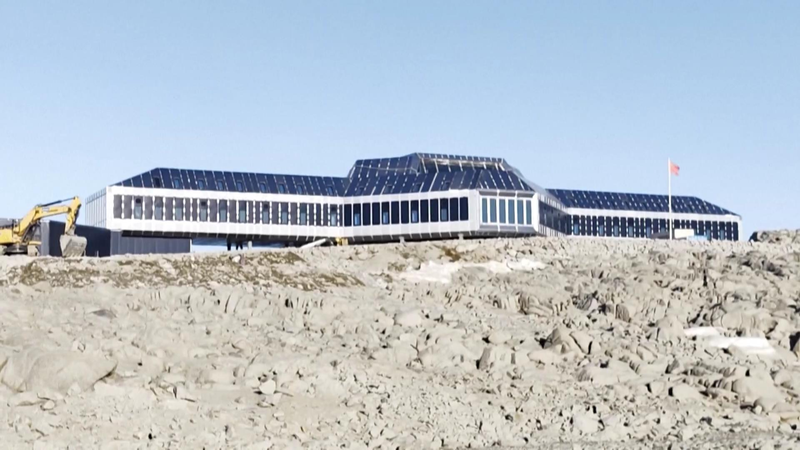Renewable Milestone at Qinling Station Signals Shift in Polar Exploration
China has achieved a landmark in sustainable polar research with the activation of a hybrid renewable energy system at its Qinling Station in Antarctica. The facility now operates with over 60% clean energy integration – a record-breaking leap compared to global counterparts that remain 90% reliant on fossil fuels, according to Polar Research Institute of China scientist Sun Hongbin.
The station’s innovative system combines solar, wind, and hydrogen energy with a 2.5-hour battery reserve, ensuring continuous power for critical research instruments and living quarters during extreme weather. This breakthrough addresses long-standing challenges of energy reliability in Antarctica’s harsh environment while cutting carbon emissions.
Kim Yea-dong, former head of the Scientific Committee on Antarctic Research, praised China’s 12-year clean energy roadmap as "a blueprint for low-carbon scientific missions." The initiative aligns with international climate goals while demonstrating practical applications of renewable technologies in sub-zero conditions.
Global Implications for Polar Research
Antarctica’s 90+ research stations contribute rising emissions despite the continent’s critical role in climate systems. Sun emphasized that China’s hybrid model could inspire global reforms: "This isn’t just about powering stations – it’s about redefining environmental stewardship in fragile ecosystems."
The Qinling Station advancements come as nations prepare for the 2025 Antarctic Treaty consultations, where energy transition strategies are expected to dominate discussions.
Reference(s):
China leads green energy transition in Antarctic exploration
cgtn.com








